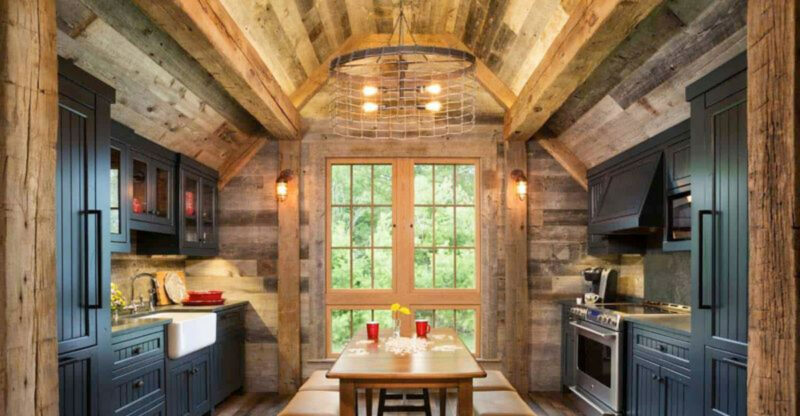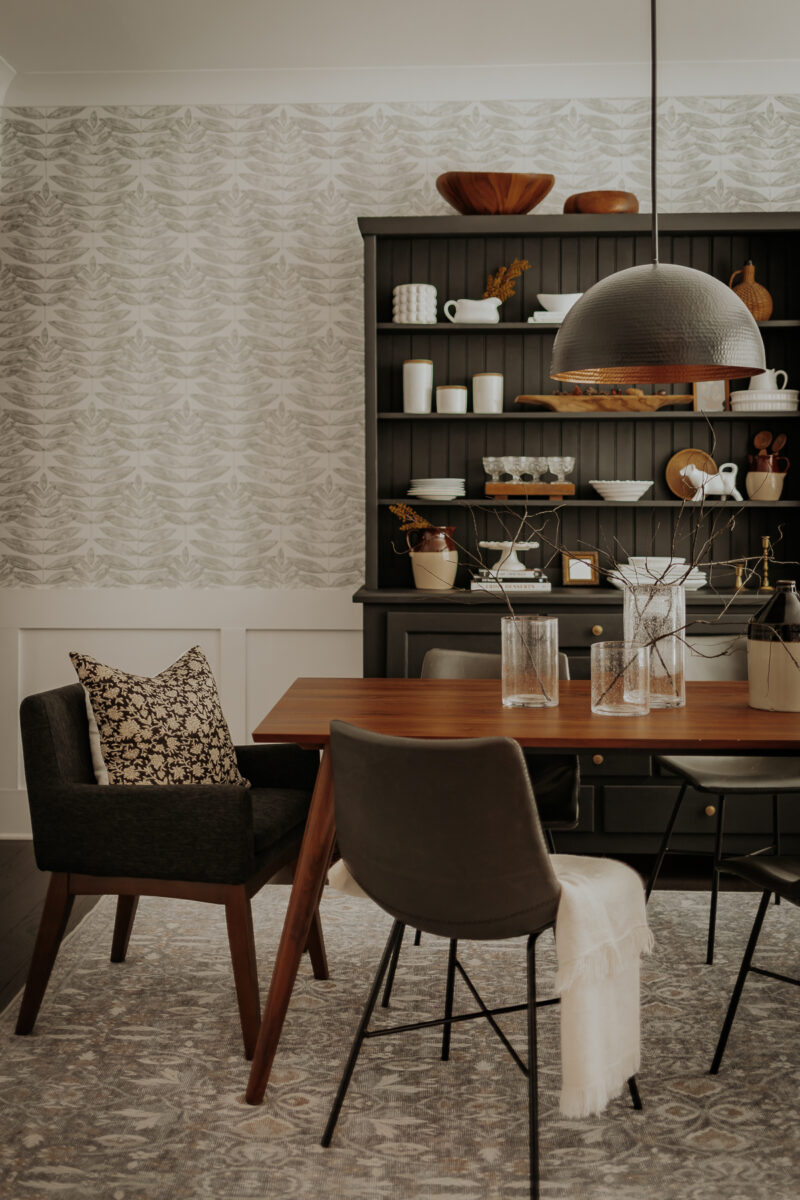5 Pennsylvania Furniture Trends That Didn’t Stand The Test Of Time And 5 More That Quickly Faded
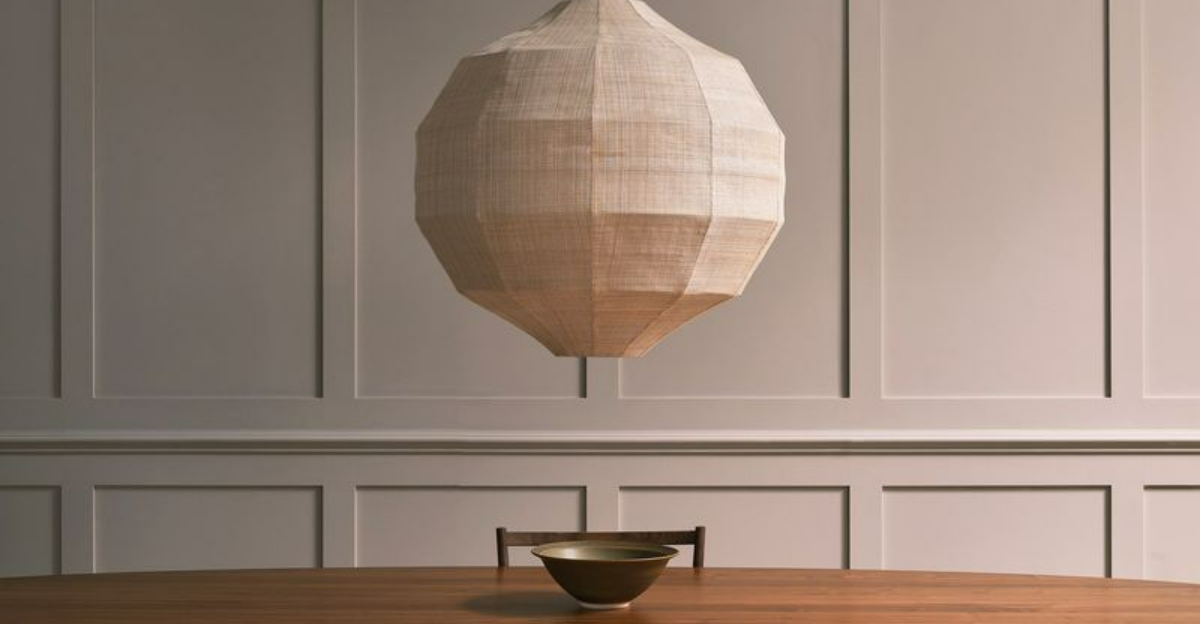
Pennsylvania has a rich history of furniture craftsmanship dating back to early colonial times. From the Amish woodworkers of Lancaster County to the industrial furniture boom in cities like Philadelphia, the state has seen countless styles come and go.
I’ve watched many furniture trends rise to popularity only to disappear just as quickly, leaving behind curious artifacts of design history that now look hopelessly outdated.
1. Gaudy Victorian Revival Parlor Sets

Remember those overstuffed, heavily carved Victorian-style sofas that dominated Pennsylvania living rooms in the 1970s? Heavy mahogany frames with red velvet upholstery created an oppressive look that quickly became outdated when minimalism took hold.
My grandmother refused to part with hers until 2010! These ornate reproductions were poorly made compared to their authentic 19th-century counterparts, using veneers instead of solid wood and cheap fabrics that wore out quickly.
Most ended up in landfills or thrift stores when cleaner lines became fashionable again in the 1990s.
2. Waterbed Mania
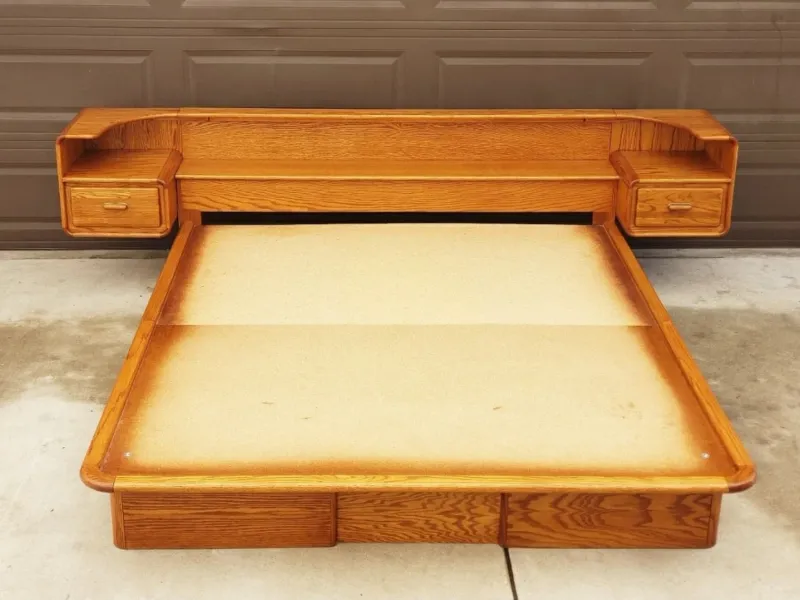
Waterbeds flooded Pennsylvania homes during the late 1970s and early 1980s. I still laugh remembering how my uncle’s waterbed frame featured built-in nightstands with mirrored surfaces and hidden storage compartments for his eight-track collection.
These liquid-filled monstrosities required constant maintenance and heating. Leaks became dreaded household disasters, potentially ruining floors and ceilings below.
By the mid-1990s, memory foam and other comfortable alternatives had washed away this short-lived trend, leaving thousands of Pennsylvanians wondering why they ever thought sleeping on water was a good idea.
3. Massive Entertainment Centers

Oak entertainment centers bigger than some Philadelphia apartments once commanded Pennsylvania living rooms. These behemoths featured dedicated spaces for enormous tube TVs, VCRs, stereo equipment, and display shelves for porcelain figurines.
My family’s unit weighed nearly 400 pounds and required six people to move! Manufacturers like Broyhill and Pennsylvania House made fortunes selling these room-dominating pieces throughout the 1980s and 1990s.
Flat-screen technology rendered these furniture dinosaurs extinct almost overnight. Today, you can’t even give them away on Craigslist, no matter how solid the construction.
4. Faux Country Kitsch
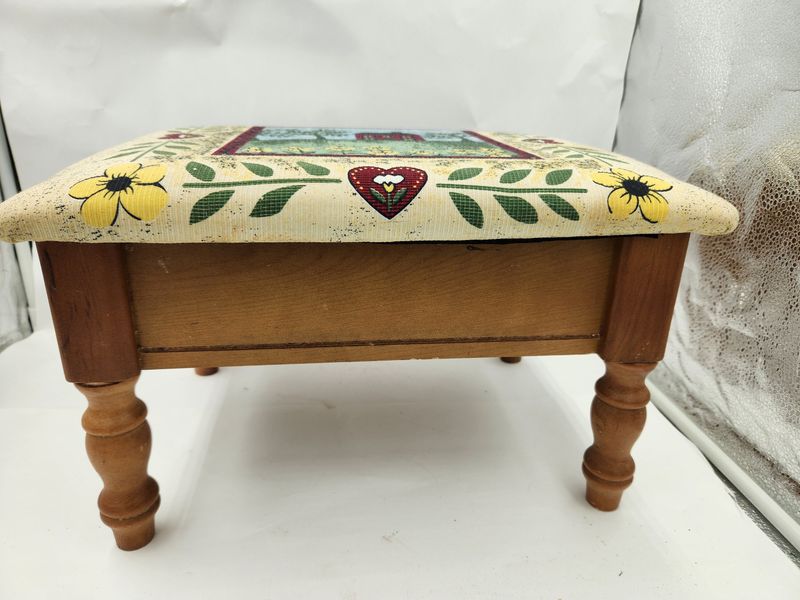
Blue geese, heart cutouts, and distressed milk-paint finishes invaded Pennsylvania dining rooms during the 1980s country craze. Furniture manufacturers in York and Lancaster counties churned out countless “primitive” pieces artificially aged to look like genuine antiques.
Duck and goose motifs appeared on everything from kitchen chairs to hutches. Fake wear marks and deliberately chipped paint created an illusion of age that fooled absolutely no one.
Genuine Pennsylvania Dutch antiques retain their value today, while these mass-produced imitations have become symbols of dated interior design, cluttering flea markets across the Keystone State.
5. Brass and Glass Everything
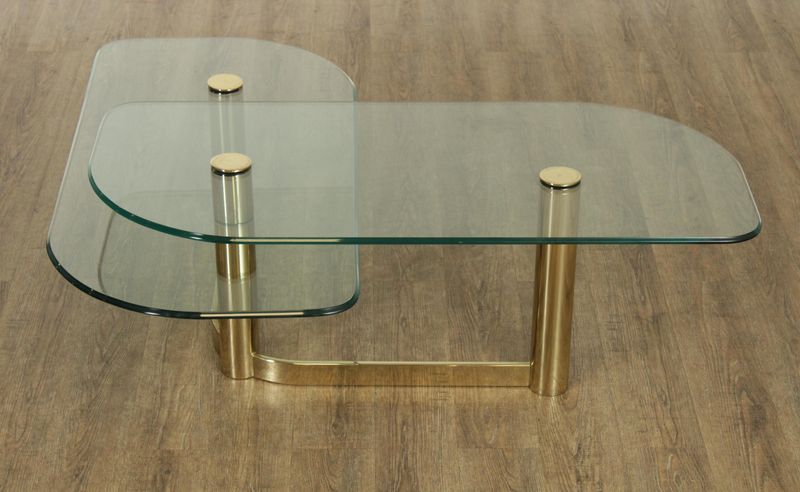
The 1980s brought a metallic invasion to Pennsylvania homes with brass and glass furniture dominating every room. Coffee tables, dining sets, headboards, and etageres all featured shiny brass frames supporting glass surfaces – creating a cold, hard look that’s now unmistakably dated.
These pieces required constant polishing to prevent tarnishing. My aunt’s brass headboard turned green in spots she couldn’t reach with her polishing cloth!
When warmer finishes returned to favor in the late 1990s, thousands of brass and glass pieces ended up at salvage yards, their once-prestigious shine permanently dimmed.
6. Inflatable Furniture Phenomenon
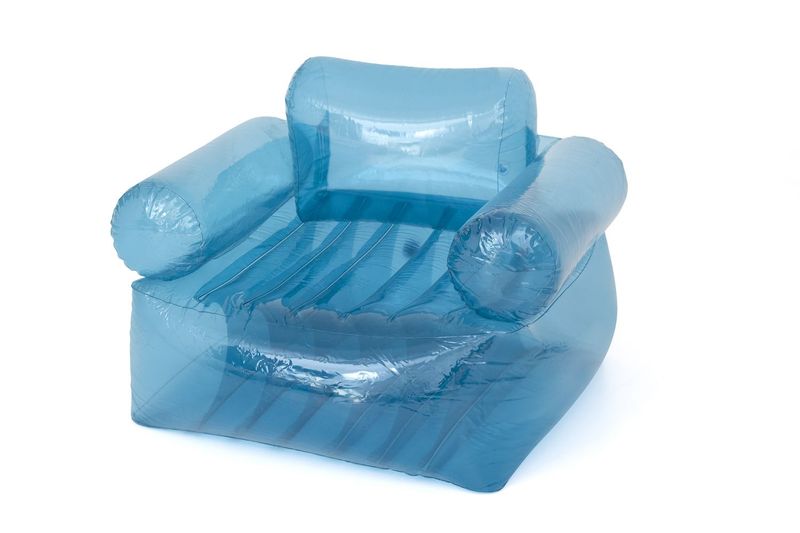
For a brief, baffling moment in the late 1990s, inflatable furniture captured Pennsylvania teenagers’ bedrooms and college dorms. Transparent plastic chairs, sofas, and ottomans in neon colors promised affordable, portable seating that could be deflated when not needed.
Having owned several pieces myself, I can confirm they lasted about two weeks before developing slow leaks. The plastic material stuck uncomfortably to bare skin during summer months, making a distinctive peeling sound when you stood up.
By 2001, most had been punctured, deflated, and discarded – a short-lived trend that thankfully popped before it could fully inflate.
7. CD Storage Towers
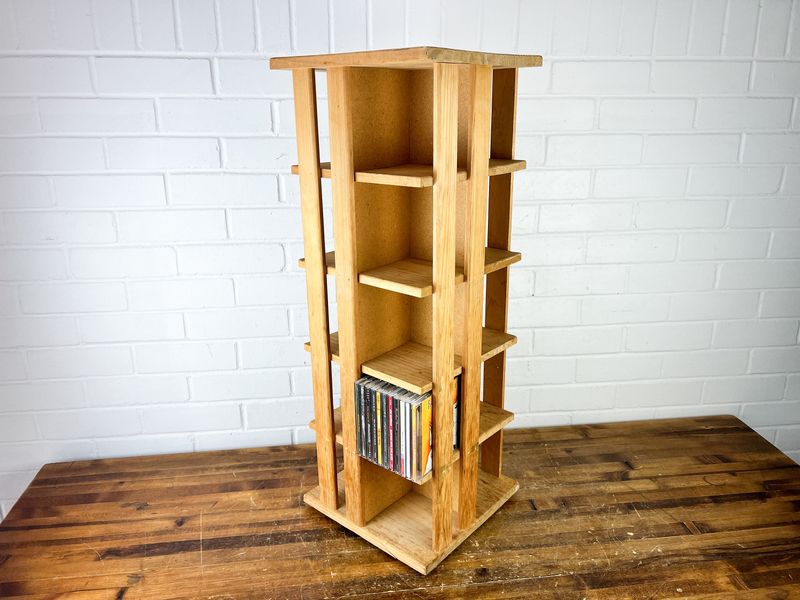
Tall, wobbly CD storage towers once stood sentinel in Pennsylvania apartments and dorm rooms. Available in various woods and finishes, these narrow columns held hundreds of compact discs in specialized slots, often rotating for easy access.
I owned three of these towers, proudly displaying my extensive music collection for all visitors to see. Some models included additional compartments for cassettes – a true multimedia solution!
Digital music services like iTunes and Spotify rendered these specialized pieces obsolete by 2010, leaving thousands of Pennsylvanians with furniture that served no purpose beyond collecting dust.
8. Overstuffed Microfiber Sectionals
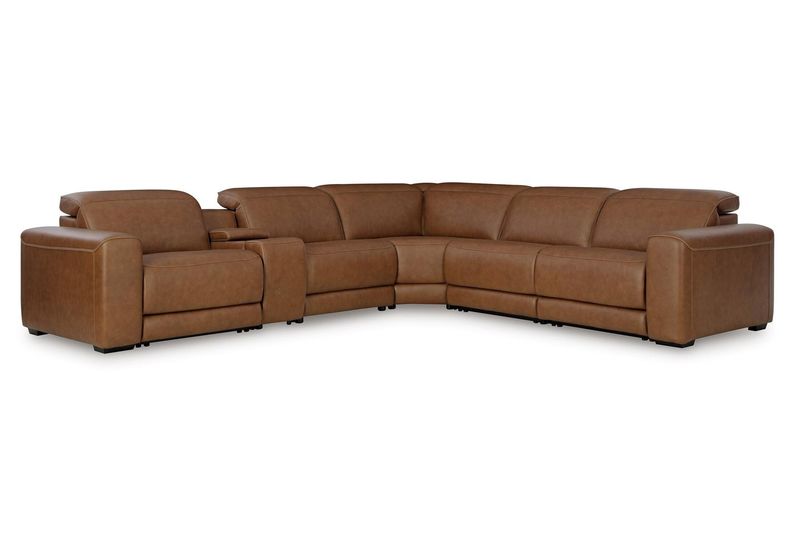
Around 2005, Pennsylvania living rooms were suddenly dominated by enormous microfiber sectional sofas. These beige, brown, or sage green behemoths featured recliners on both ends, cup holders in the armrests, and hidden storage compartments.
Marketed as family-friendly and stain-resistant, they quickly showed their limitations. The microfiber material developed strange wear patterns and shiny spots that couldn’t be cleaned.
After a decade of popularity, these oversized seating arrangements fell from favor when more streamlined, mid-century inspired designs returned. Many ended up curbside during bulk trash pickup days across Harrisburg, Pittsburgh, and Philadelphia neighborhoods.
9. Paper Lantern Floor Lamps
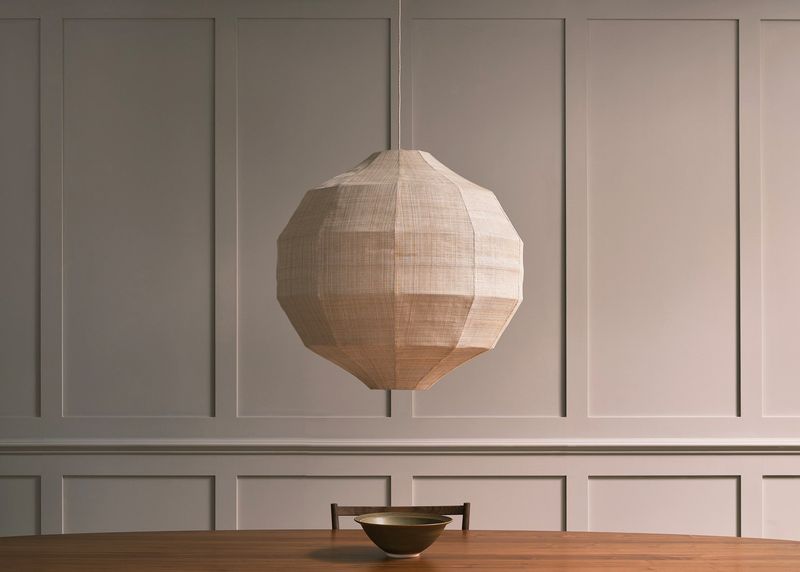
Those paper lantern floor lamps from the early 2000s briefly illuminated Pennsylvania apartments everywhere. Featuring three to five rice paper spheres mounted on a spindly metal pole, these inexpensive lighting solutions promised a modern Asian aesthetic for under $30.
The reality proved less enlightening. Paper shades tore easily and became impossible to clean. The lightweight bases tipped over constantly, creating fire hazards.
By 2010, these fragile lamps had largely disappeared from Pennsylvania homes, replaced by sturdier lighting options that didn’t require treating furniture like a delicate museum exhibit.
10. Futon Frenzy

Futons conquered Pennsylvania college towns and first apartments during the 1990s and early 2000s. These space-saving convertible sofas promised versatility with their ability to transform from seating to sleeping surface.
The painful reality included paper-thin mattresses on finger-pinching metal frames that invariably collapsed at the most embarrassing moments. Pennsylvania furniture stores promoted these budget-friendly options heavily to students and young professionals.
While futons haven’t disappeared entirely, their popularity plummeted when affordable sectionals and sleeper sofas with actual comfort became accessible. Today, they’re largely relegated to spare rooms and nostalgic memories of back pain.

